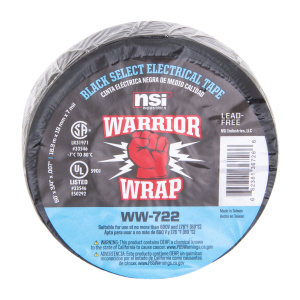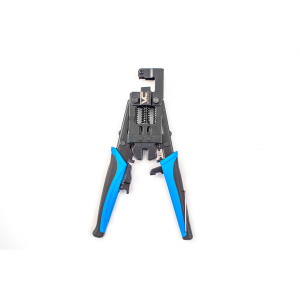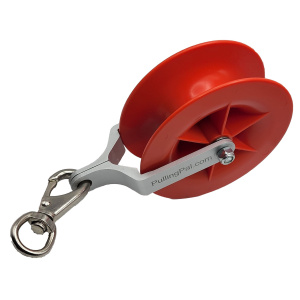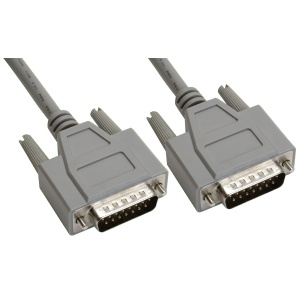Choosing the right microphone cable can be a game-changer in your audio recording journey. It can be the difference between crystal clear sound and frustrating noise interruptions. But, what’s the secret to finding the perfect fit? Dive into our comprehensive guide to find out.
A Brief History of Microphone Cables
Microphone cables, the unsung heroes of audio technology, have been around for over a century. Since the invention of the telephone in the late 19th century, these cables have gone through numerous transformations, evolving with the advancements in audio technology.
How Microphone Cables Work
At their core, microphone cables are all about transferring electrical signals. Your microphone picks up sound waves, converts them into electrical signals, and these signals are then transmitted through the cable to your audio interface or amplifier. Simple, right? Well, the devil is in the details, and understanding those details can help you make an informed decision when choosing the right microphone cable.
Choosing the Right Microphone Cable: An Overview
Factors to Consider When Choosing Microphone Cables
Selecting the perfect microphone cable isn’t as simple as grabbing the first one you see. Several factors come into play, such as the type of microphone you’re using, the environment you’re recording in, and the length of cable you need.
Different Types of Microphone Cables
From XLR to USB to 1/4 inch cables, the world of microphone cables can feel like a maze. But don’t sweat it! Each type serves a specific purpose, and understanding these can help guide you to the right choice.
XLR Cables: A Deep Dive
XLR cables are the industry standard for professional audio recording. Their design minimizes interference and delivers high-quality audio. But are they the right choice for you?
USB Cables: Are They Right for You?
USB microphone cables are becoming increasingly popular, especially among home recording enthusiasts. With their simple plug-and-play functionality, they certainly offer convenience. But how do they stack up against other cable types in terms of sound quality?
1/4 Inch Cables: When to Use Them
1/4 inch cables, also known as phone or jack cables, are a common sight in audio equipment. But when it comes to microphones, where do they fit in?
Microphone Cable Material and Construction
Cable Core: The Heart of Your Microphone Cable
The core of your microphone cable is where the magic happens. It’s where the electrical signals are carried. But did you know that the material and construction of the core can affect your sound quality?
Shielding: Protecting Your Sound
Shielding is what protects your microphone cable from external interference. The type and quality of shielding used can make a big difference in the performance of your cable.
Jacket Material: More Than Meets the Eye
The jacket or outer layer of your microphone cable isn’t just there for looks. It also plays a crucial role in the durability and flexibility of your cable.
Microphone Cable Performance and Maintenance
Understanding Cable Length and Signal Loss
Longer cables can offer more flexibility in your setup, but they can also lead to signal loss. How do you find the sweet spot?
Cable Coiling: The Proper Way
Did you know there’s a right and wrong way to coil your microphone cables? Proper coiling can prolong the life of your cables and save you a lot of headaches.
Care and Maintenance for Longer Cable Life
Caring for your microphone cables is an essential part of maintaining your recording setup. From cleaning to storage, we’ve got the tips you need to keep your cables performing at their best.
Microphone Cables and Your Setup
Matching Cables to Microphones: A Balanced Approach
Choosing the right microphone cable is about more than just the cable itself. It’s also about how that cable works with your specific microphone.
Integrating Your Microphone Cable into Your Setup
You’ve chosen your microphone cable, but how do you integrate it into your setup? From cable management to connections, we’ve got you covered.
Understanding Cable Adapters and Connectors
Adapters and connectors are a crucial part of any audio setup. Knowing which ones you need for your microphone and cable can make all the difference.
Frequently Asked Questions
- Why is the quality of a microphone cable important?The quality of your microphone cable can significantly affect your audio output. High-quality cables ensure minimal signal loss and interference, delivering a clearer, cleaner sound.
- Are all microphone cables the same?Not all microphone cables are created equal. They differ in types, construction, materials used, and performance, all of which contribute to their suitability for specific applications.
- What’s the difference between XLR and USB microphone cables?XLR and USB cables serve different purposes. While XLR cables are used in professional audio setups for their superior sound quality and noise rejection, USB cables are preferred for home studios due to their plug-and-play convenience.
- How long can a microphone cable be before signal loss occurs?Signal loss can start occurring with cables longer than 25 feet, but high-quality cables can maintain good signal quality up to 100 feet. It’s crucial to strike a balance between cable length and signal integrity.
- How should I store my microphone cables?Microphone cables should be coiled correctly and stored in a dry, clean environment to prolong their lifespan and maintain performance.
- Do I need a specific type of microphone cable for my microphone?The type of microphone cable needed depends on your microphone’s design and the input of your audio interface or amplifier. Always refer to the manufacturer’s instructions.
Conclusion
Choosing the right microphone cable is no small task. From understanding the intricacies of different cable types to knowing how to care for and integrate them into your setup, there’s plenty to learn. But armed with the knowledge from this guide, you’re well on your way to making an informed decision. Happy recording!












